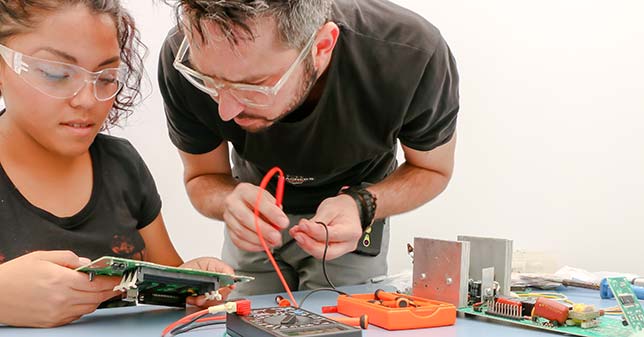Study: CTE Courses Later in High School May Improve Student Persistence

A new study from researchers at University of California, Santa Barbara suggests that taking career and technical education (CTE) courses in the last couple years of high school may improve the chances a student will graduate.
"Our findings indicate that CTE course taking, particularly when later in high school, is linked to student persistence and success," said Michael A. Gottfried, associate professor of education at UCSB, in a prepared statement. "This lends support to the idea of further expansion of CTE coursework in high school."
The paper, "Linking the Timing of Career and Technical Education Coursetaking with High School Dropout and College-Going Behavior," suggests that, for each CTE course completed in a student's junior year, that student is 1.5 percent more likely to graduate on time and 1.6 percent less likely to drop out. The numbers only improve in the final year of high school, when each CTE course completed correlates with a student being 2.1 percent more likely to graduate on time and 1.8 percent less likely to drop out.
"The purpose of CTE courses is to engage students and show how school is relevant to both career and college," said Gottfried in a news release. "As students get closer to the finish line, CTE courses become extremely relevant to them."
Conducted by Gottfried and Ph.D. candidate Jay Plasman, the study found "very little" effect from taking CTE courses in the first two years of high school. The researchers also found that CTE course completion at any time during high school had no effect on whether a student attended college directly after graduation.
"Knowing how the timing of course taking can make a difference, states and schools can better structure and invest in CTE courses to create stronger high school outcomes," Gottfried said in a prepared statement.
For more information visit journals.sagepub.com.
About the Author
Joshua Bolkan is contributing editor for Campus Technology, THE Journal and STEAM Universe. He can be reached at [email protected].